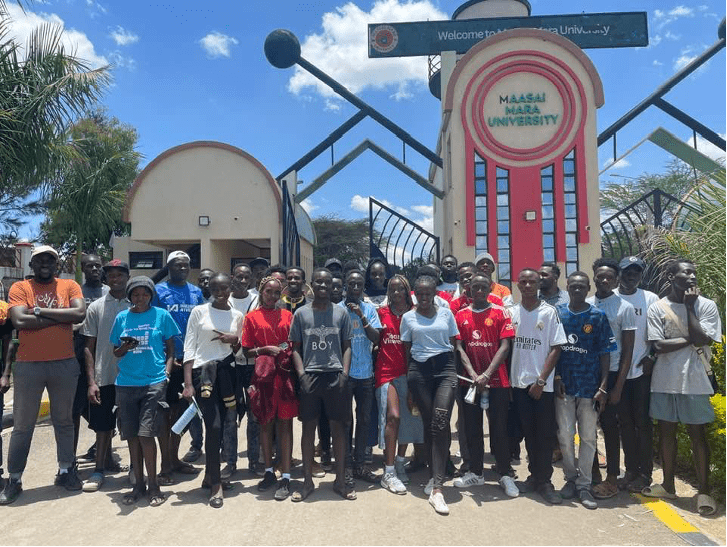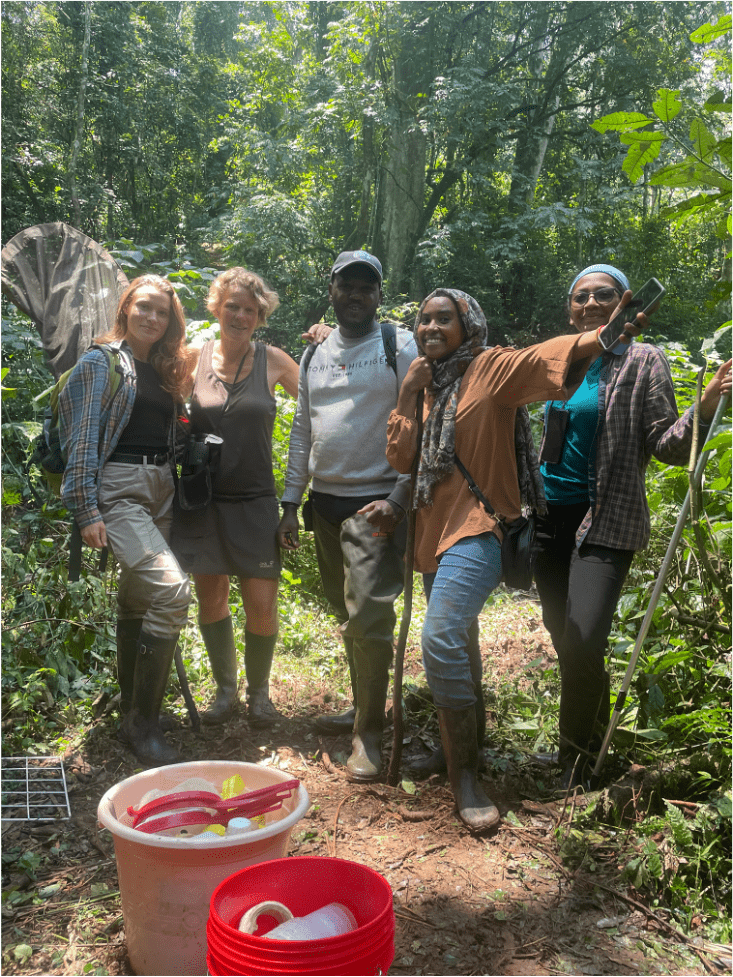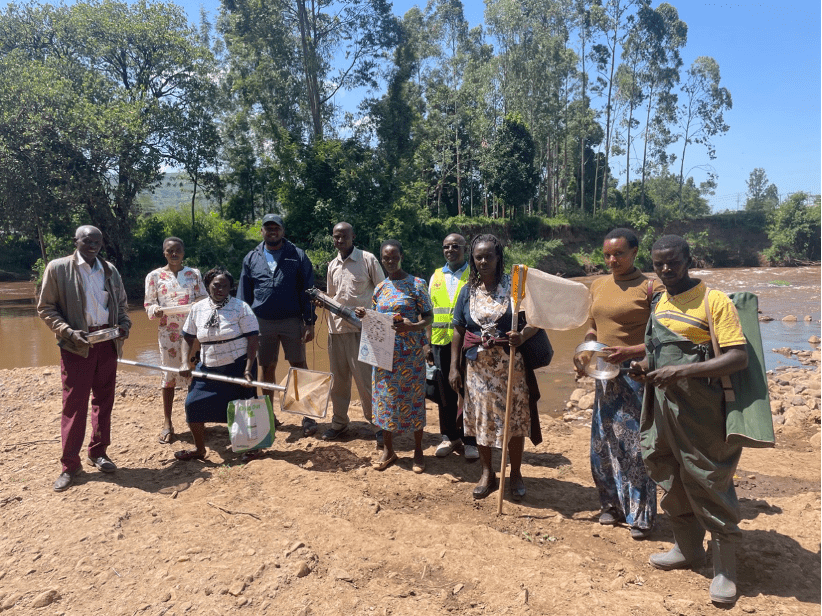Why Conserving Rivers is Vital for People & Wildlife
Rivers are the lifelines of our landscapes. They nourish farms, provide drinking water, sustain fisheries, and support cultural traditions. Beyond human needs, rivers are home to a dazzling array of wildlife, including fish, crocodiles, insects, birds, and hippos. Conserving rivers is not simply an environmental issue; it is about protecting our health, livelihoods, and heritage.
For people, rivers provide drinking water, irrigation for agriculture, and hydropower energy. In Kenya, where rainfall patterns are becoming increasingly unpredictable, rivers such as the Mara are especially crucial. They support millions of people who rely on agriculture and livestock for survival.
For wildlife, rivers are critical habitats and migratory routes. The Mara River, which flows from the Mau Forest in Kenya into Tanzania’s Serengeti, is world-famous as the crossing point for wildebeest during the Great Migration. However, beyond this iconic spectacle, the river sustains a multitude of fish, birds, and aquatic organisms whose survival depends on clean, flowing water.
When rivers are degraded by deforestation, pollution, or unsustainable water extraction, both people and wildlife suffer. Poor water quality can harm fish stocks, reduce grazing opportunities for livestock, and pose a threat to human health.
One of the most effective and affordable ways to monitor river health is through aquatic macroinvertebrates—insects, worms, snails, and crustaceans that inhabit riverbeds. These organisms are excellent indicators because: Different species have different tolerance levels to pollution. For example, mayflies, stoneflies, and caddisflies (collectively known as EPT taxa) are highly sensitive to poor water quality. Their presence signals a healthy river, while their absence can indicate pollution or habitat disturbance. Macroinvertebrates are relatively easy to collect and identify with the proper training. This makes them a practical tool for communities, researchers, and conservation organizations. They integrate the effects of water quality over time, unlike chemical tests that only capture conditions at the moment of sampling.
In the Mara River, macroinvertebrate monitoring has revealed important trends in river health. Studies comparing data from 2008–2009 to 2021–2023 reveal shifts in community composition associated with land-use changes and pollution pressures (Benjamin et al.,). In degraded stretches of the river, sensitive taxa have declined, replaced by more pollution-tolerant groups. By training students, communities, and conservation practitioners in macroinvertebrate identification, we can track these changes and respond more effectively. Such biomonitoring helps identify pollution hotspots, measure the impacts of conservation projects, and provide evidence to guide policy decisions.

Outreach program on freshwater insects and their use as bioindicators at Kiptulwo High School.

Outreach program on freshwater insects and their use as bioindicators at Hekima Academy.

Outreach program on freshwater insects and their use as bioindicators at Olerai Comprehensive School.

Joshua, the Director of Freshwater Guardians, has been leading training workshops on freshwater biomonitoring using macroinvertebrates in Kenya, Tanzania, and Uganda. These workshops offer a valuable platform for engaging participants from various governmental institutions, fostering knowledge exchange and strengthening regional capacity for freshwater conservation.


Macroinvertebrates assessment in forested streams in Kibale Forest, Uganda

Outreach program on freshwater insects and their use as bioindicators. This training was offered to the Mara River Water Users Association community group in Mulot, Narok

 .
.
Conserving rivers like the Mara is not a choice; it is a necessity for both human well-being and the countless species that rely on them. By integrating traditional water quality monitoring with innovative biomonitoring approaches using macroinvertebrates, Kenya has the opportunity to set a model for safeguarding freshwater ecosystems. Protecting rivers means protecting our future. The time to act boldly is now for people, wildlife, and future generations.
Updated 2025-02-02 14:25:51